Inspections Track Software For Oil and Gas Inspection Industry
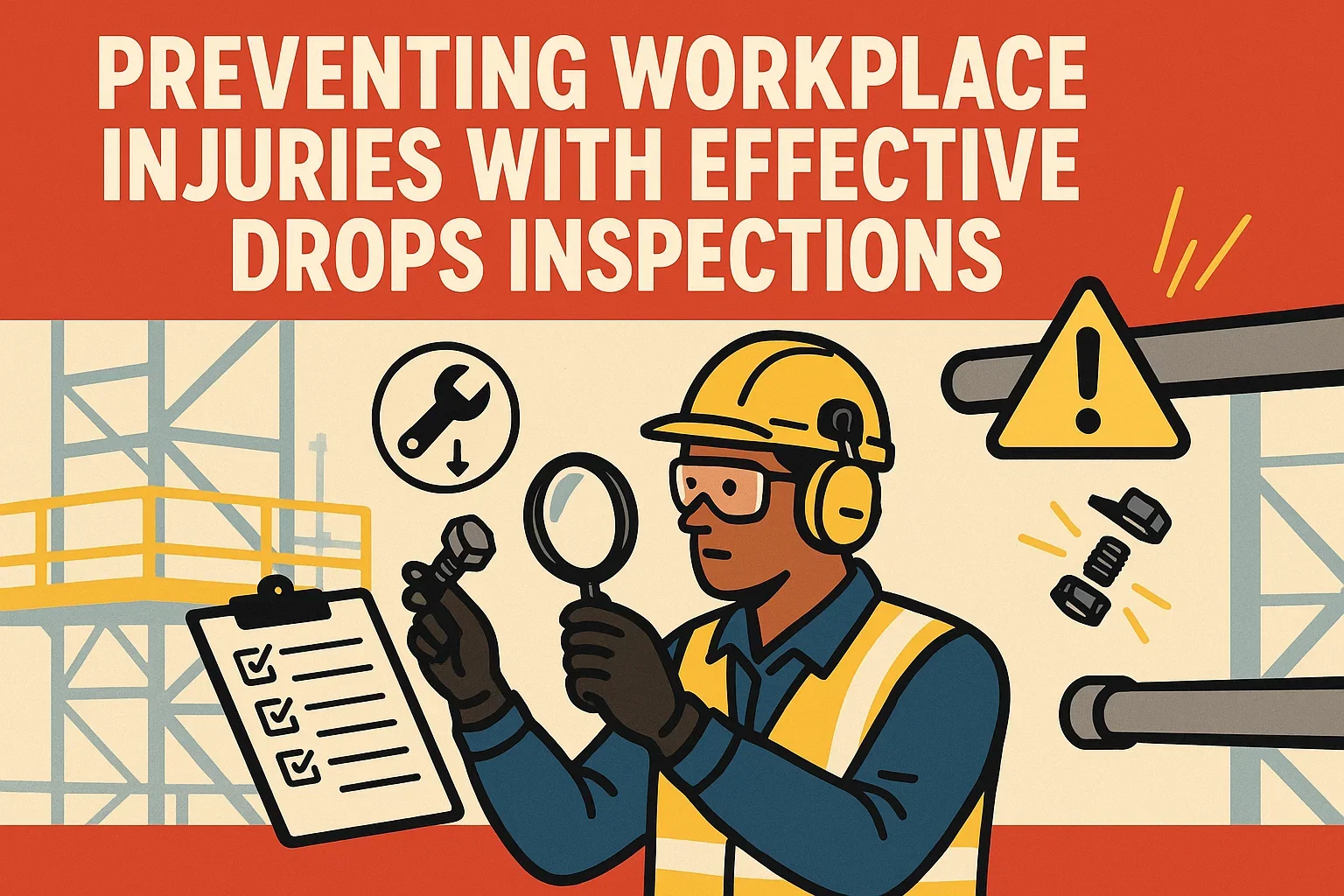
Workplace safety in the oil and gas industry is not just a regulatory requirement—it’s a necessity. One of the most critical safety concerns offshore and onshore is Dropped Objects Prevention (DROPS). Even a small object falling from height can cause serious injuries, equipment damage, or even fatalities. That’s why effective DROPS inspections play a vital role in minimizing risks and creating a safer work environment.
In this blog, we’ll explore how organizations can prevent workplace injuries through well-structured DROPS inspections, real-time guidelines to follow, and how InspectionsTrack software makes the process more reliable, consistent, and compliant.
DROPS inspections focus on identifying and managing potential dropped object hazards in high-risk environments like rigs, derricks, cranes, and platforms. These inspections cover:
By proactively addressing these risks, companies can prevent accidents before they happen.
Accidents caused by dropped objects are one of the top contributors to workplace injuries in oil and gas operations. Here’s why DROPS inspections matter:
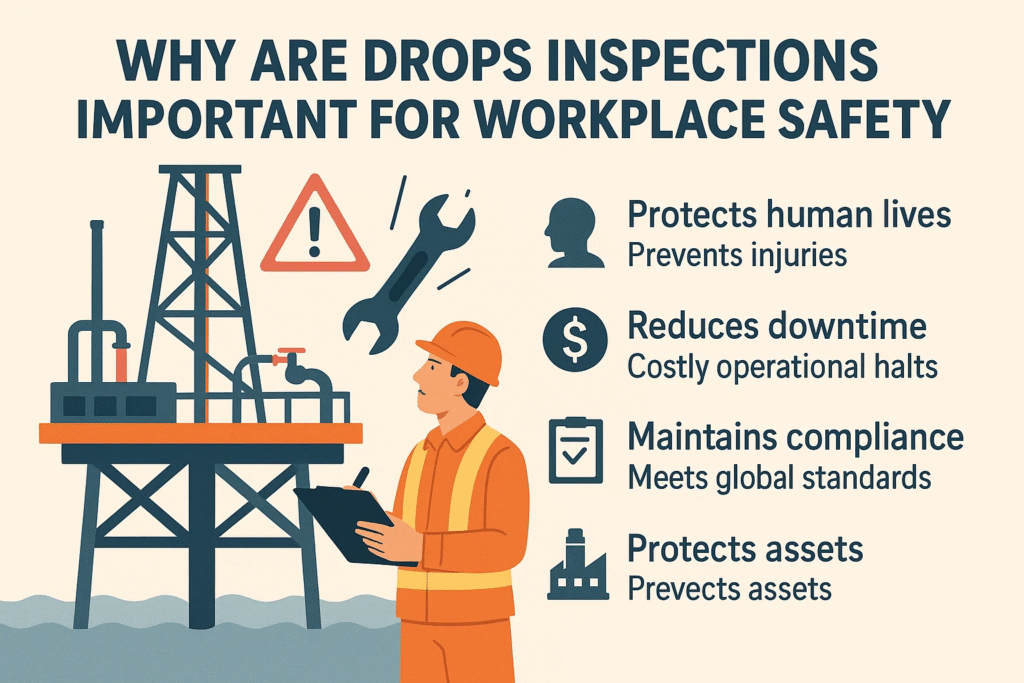
When it comes to workplace safety, consistency and accuracy are key. Here are some actionable steps to follow during DROPS inspections:
| Step | Guideline |
|---|---|
| Hazard Identification | Look for unsecured tools, corroded fittings, or loose structures at height. |
| Risk Assessment | Prioritize risks based on severity and likelihood. |
| Inspection Scheduling | Carry out daily, weekly, and monthly checks depending on risk areas. |
| Documentation & Reporting | Maintain detailed records of findings, images, and corrective actions. |
| Corrective Actions | Immediately secure or remove identified hazards. |
| Continuous Training | Train staff regularly on DROPS awareness and safe work practices. |
Manual checklists and paper-based reporting often lead to inconsistencies, delays, and missed hazards. That’s where InspectionsTrack software brings a game-changing advantage:
By digitizing the DROPS inspection process, companies not only improve safety performance but also save time and reduce human errors.
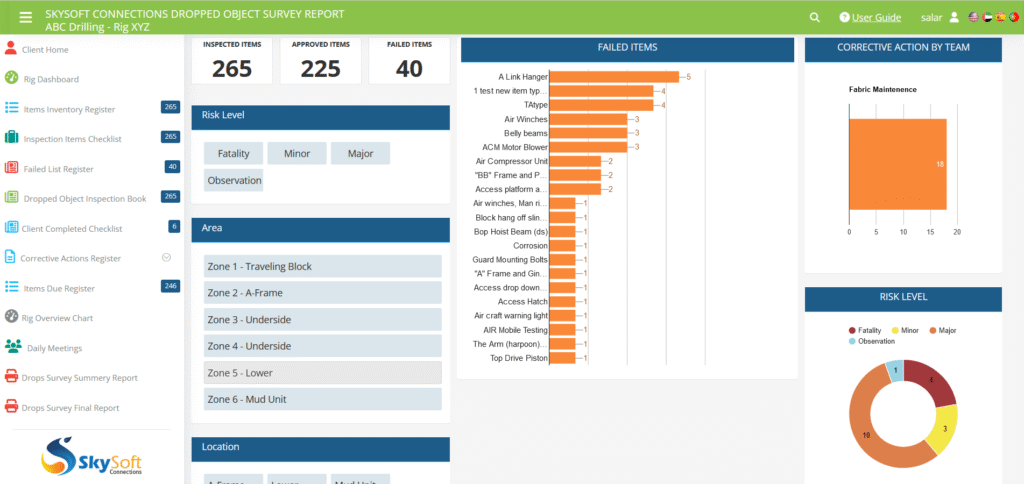
To ensure long-term workplace safety, organizations should:
Read More : the impact of dropped objects on workplace safety
Preventing workplace injuries in the oil and gas industry requires a proactive safety culture—and DROPS inspections are at the heart of it. By combining industry best practices with InspectionsTrack’s digital inspection software, companies can reduce risks, protect their workforce, and ensure full compliance with international safety standards.
With the right tools and strategies, workplace safety doesn’t have to be reactive—it can be preventive.
Read more : ndt safety and compliance
DROPS inspections are carried out to identify and control hazards caused by dropped objects, reducing the risk of injuries, equipment damage, and downtime.
The frequency depends on the worksite, but high-risk areas like rigs and cranes should be inspected daily, with more detailed checks weekly or monthly.
Inspection software like InspectionsTrack helps standardize checklists, capture photo evidence, and generate instant reports, making the process faster and more reliable.
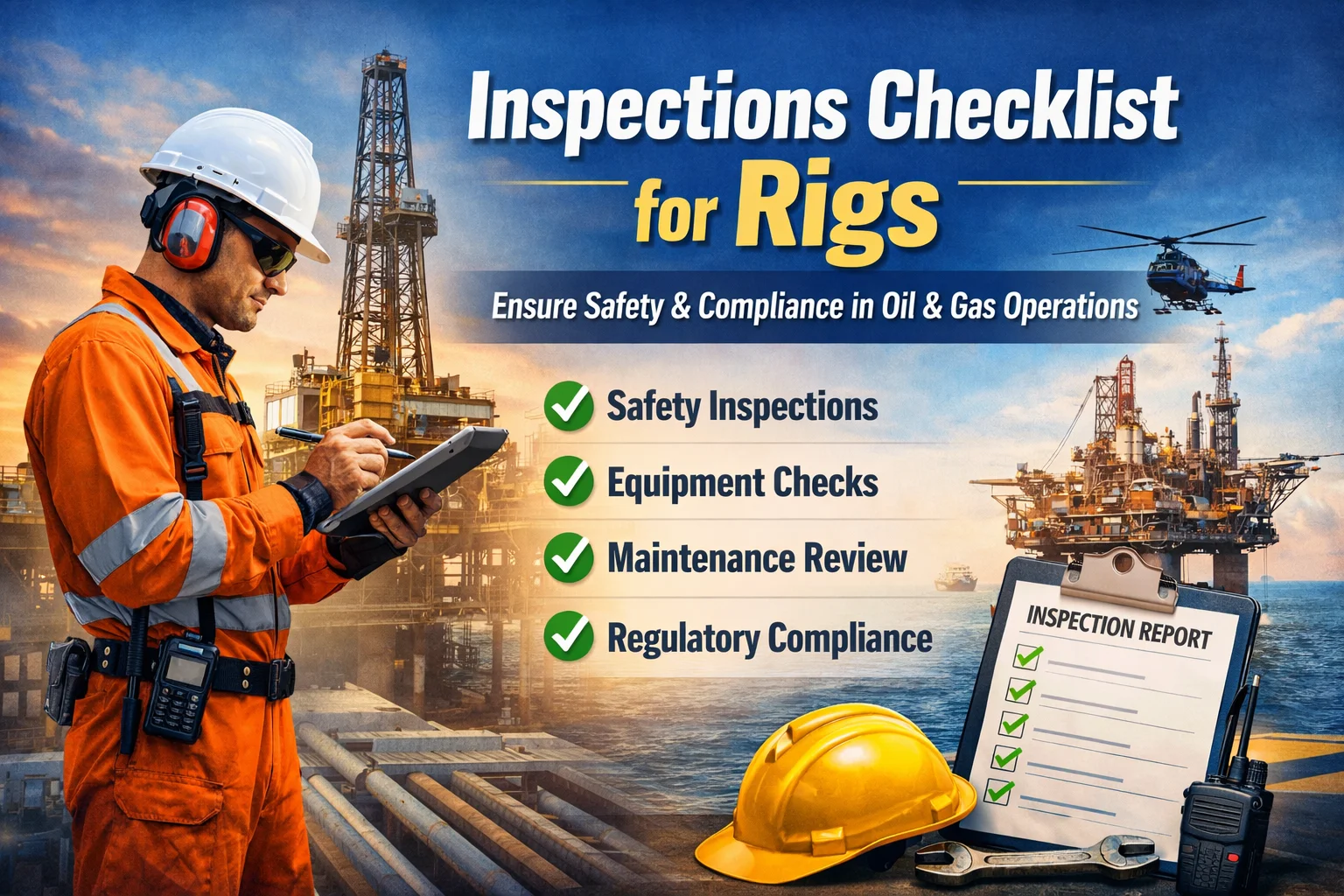
In the oil and gas industry, rig inspections are critical for maintaining operational safety, regulatory compliance, and equipment reliability. A comprehensive inspections checklist for rigs helps companies prevent accidents, reduce downtime, and optimize asset performance….
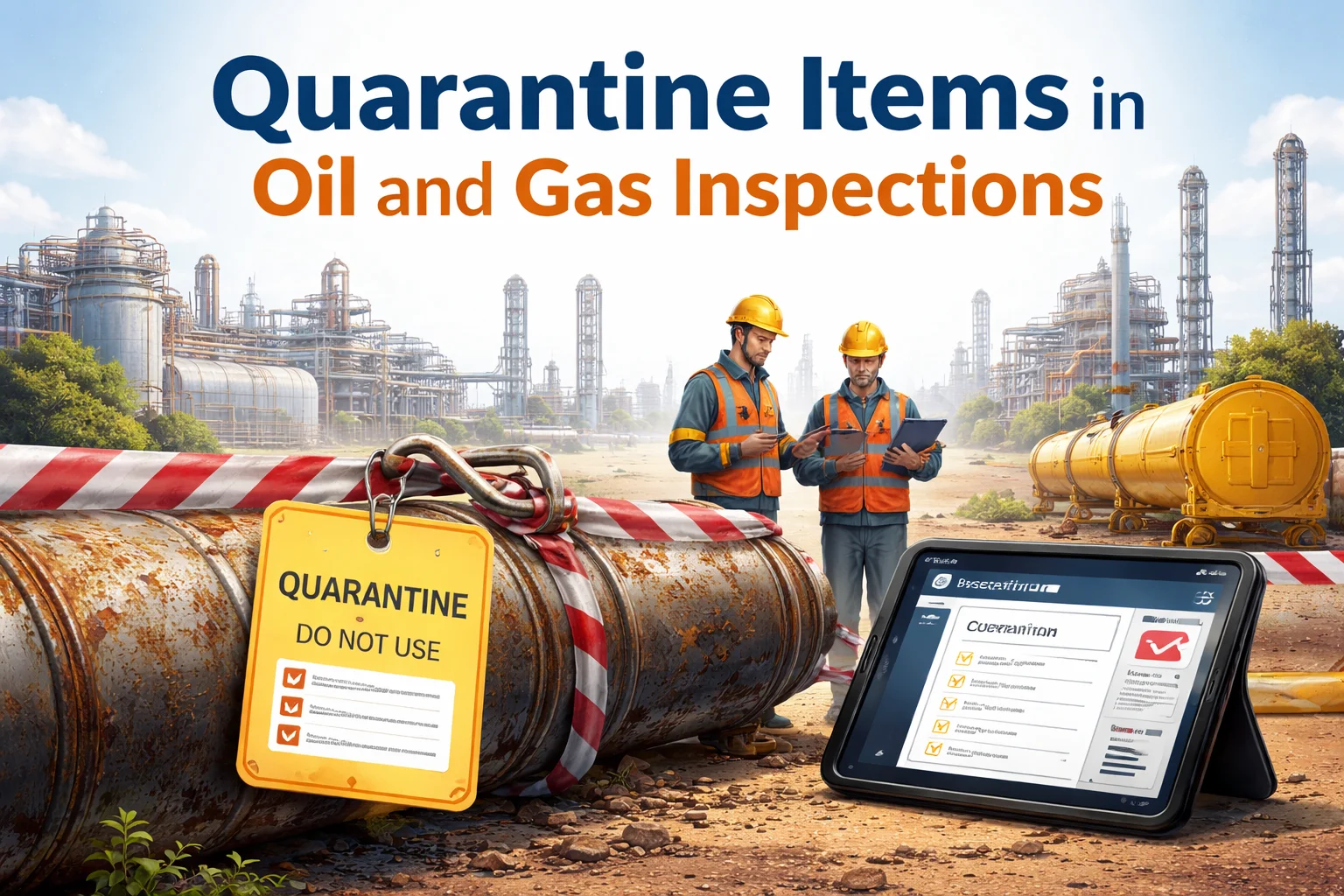
In the oil and gas industry, safety, compliance, and asset integrity are non-negotiable. One critical yet often overlooked aspect of inspection management is the handling of quarantine items. These items, when not properly controlled, can…
SkySoft Connections provides quality IT services around the globe. Our services begin with experience and end with dedication, ensuring innovation and reliability
© Copyrights, 2024 All Rights Reserved Skysoftconnections
Contact us
Get notified about new articles